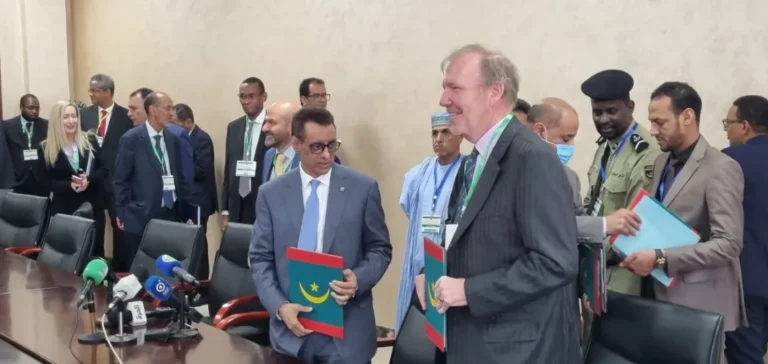Australian group CWP Global has suspended development of its green hydrogen and ammonia project in Mauritania, one of the world’s largest, due to insufficient demand. The company failed to secure long-term offtake agreements to offset the higher production costs of decarbonised fuels.
The AMAN project was initially scheduled to begin operations between 2029 and 2030, relying on 18 GW of wind and 12 GW of solar capacity to produce up to 1.7 mn tonnes of green hydrogen or 10 mn tonnes of green ammonia annually. The total investment was estimated at $40 billion, according to the company.
A price gap difficult to close
CWP Global Chief Executive Officer Mark Crandall stated, “for now, there is nobody out there who wants to buy green — or even blue — ammonia at a price that works for producers.” He clarified that the issue was neither local conditions nor Mauritanian regulation, but rather low profitability due to the lack of effective carbon pricing.
The European Union is cited as a target market, but according to Crandall, existing frameworks do not sufficiently bridge the cost gap between green fuels and fossil-based alternatives. The lack of strong support mechanisms, particularly in carbon pricing, renders these projects economically vulnerable at present.
A similar situation in Angola
CWP Global also reported delays in another project located in Angola. With a planned capacity of 600 MW, the site was intended to leverage surplus hydropower. However, it faces the same commercial hurdles, with potential buyers unwilling to absorb the premium associated with green ammonia.
The company remains confident in market evolution while acknowledging the major constraint of awaiting industrial buyers willing to pay a higher price. “The waiting for offtake is painful for everybody involved,” Crandall added, calling for stronger carbon pricing policies.






















